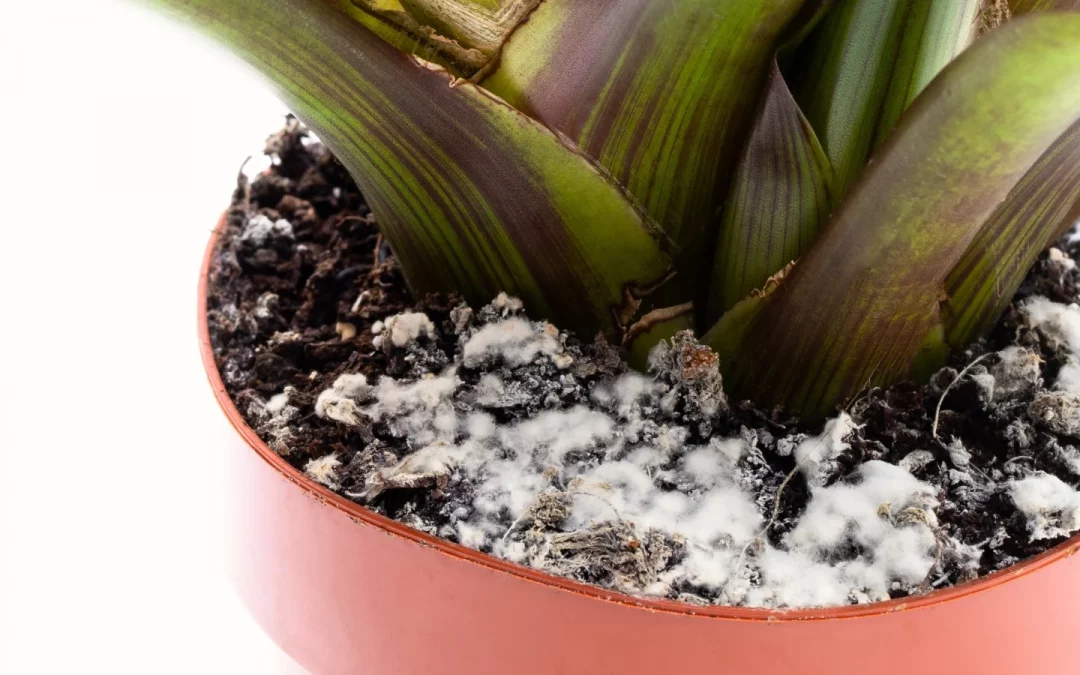Contents
- 1 Prevent Mold and Fungus in Indoor Soil (Proven Natural Methods)
- 1.1 Why Mold Appears in Indoor Plant Soil
- 1.2 Step 1: Identify the Type of Mold
- 1.3 Step 2: Remove Mold Safely
- 1.4 Step 3: Improve Air Circulation
- 1.5 Step 4: Adjust Your Watering Routine
- 1.6 Step 5: Natural Remedies to Kill Mold
- 1.7 Step 6: Prevent Future Mold Growth
- 1.8 FAQs About Mold in Indoor Soil
- 1.9 Related Articles
- 1.10 Final Thoughts on Preventing Mold and Fungus in Indoor Soil
Prevent Mold and Fungus in Indoor Soil (Proven Natural Methods)
Noticed a layer of white fuzz or musty smell coming from your plant’s soil? You’re not alone. Mold and fungus are among the most common problems indoor gardeners face — but luckily, they’re easy to fix naturally.
In this guide, you’ll learn how to identify mold, what causes it, and the proven natural methods to stop it before it spreads.
Why Mold Appears in Indoor Plant Soil
Mold and fungus thrive in damp, stagnant conditions. When soil stays wet for too long or air circulation is poor, it becomes the perfect breeding ground for spores.
Common Causes:
💧 Overwatering or poor drainage
🌤️ Low light and cool temperatures
🍂 Organic debris on soil surface
🪴 Lack of airflow
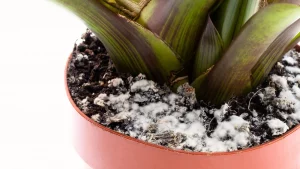
Step 1: Identify the Type of Mold
Not all mold is harmful, but it’s best to act fast. Here’s how to recognize it:
| Type | Appearance | Common Cause |
|---|---|---|
| White fuzzy mold | Cotton-like on soil surface | Excess moisture, poor air circulation |
| Green mold | Mossy or slimy texture | Constantly damp soil |
| Black mold | Patchy, dark spots | Contaminated soil or overwatering |
Step 2: Remove Mold Safely
Here’s the quick fix:
- Use a spoon to scoop away the top 1–2 inches of affected soil.
- Replace with fresh, sterile potting mix.
- Wipe down the inside of the pot if mold is stuck to it.
If your soil often stays soggy, try Fabric Grow Bags on Amazon — they allow better airflow and prevent waterlogging.
Step 3: Improve Air Circulation
Mold hates moving air. Increasing ventilation is one of the simplest long-term solutions.
Try This:
Place plants near a bright, open window.
Run a small fan nearby for a few hours daily.
Avoid grouping too many plants together.
A small USB Mini Fan for Plants on Amazon is perfect for gentle air circulation without drying out leaves.
🌿 Recommended Tools & Essentials
These natural tools make mold prevention effortless:
Soil Moisture Meter – prevents accidental overwatering.
Neem Oil Spray – kills mold spores and fungus naturally.
Organic Potting Mix – improves drainage and airflow.
Small changes like these create a healthier, mold-free environment for your indoor plants.
Step 4: Adjust Your Watering Routine
Overwatering is the main reason mold forms. To fix it:
Water only when the top 2 inches of soil feel dry.
Empty saucers so roots don’t sit in water.
Use well-draining pots and soil mixes.
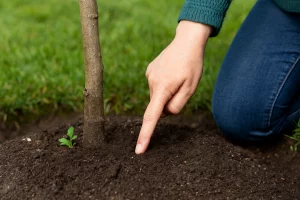
Use a Self-Watering Pot on Amazon to maintain perfect hydration without waterlogging your plants.
Step 5: Natural Remedies to Kill Mold
If you notice recurring mold, try these gentle, natural solutions:
Baking Soda Spray
Mix 1 tsp baking soda, 1 cup water, and a few drops of dish soap. Mist lightly over affected areas.
Cinnamon Powder
Cinnamon is a natural antifungal — sprinkle it on top of the soil to stop spores from spreading.
Neem Oil
Dilute 1 tsp neem oil in a liter of warm water and spray weekly to prevent new growth.
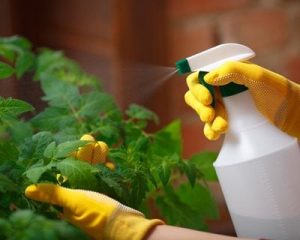
For more guidance, check the Royal Horticultural Society’s advice on soil care.
Step 6: Prevent Future Mold Growth
Consistency is key. Here’s how to keep your soil healthy long-term:
Use a loose, airy potting mix instead of heavy garden soil.
Ensure drainage holes in every pot.
Remove dead leaves and debris regularly.
Give plants plenty of light and air circulation.
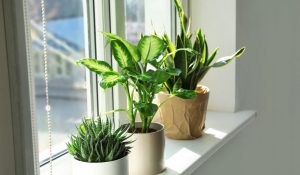
FAQs About Mold in Indoor Soil
1. Is mold in indoor plant soil dangerous?
Usually not — it’s more of a sign your soil is staying too damp. However, if left unchecked, it can affect plant roots.
2. Can cinnamon or neem oil really stop mold?
Yes — both have natural antifungal properties and are safe for indoor use.
3. Should I repot a moldy plant completely?
Only if the mold keeps returning. Otherwise, replacing the top layer of soil is usually enough.
Related Articles
Final Thoughts on Preventing Mold and Fungus in Indoor Soil
A little mold doesn’t mean your plant is doomed — it’s just a sign your soil needs more airflow, light, or drainage. With a few natural tweaks like better watering habits, neem oil, and gentle airflow, you can keep your indoor garden clean, healthy, and fungus-free all year round.

